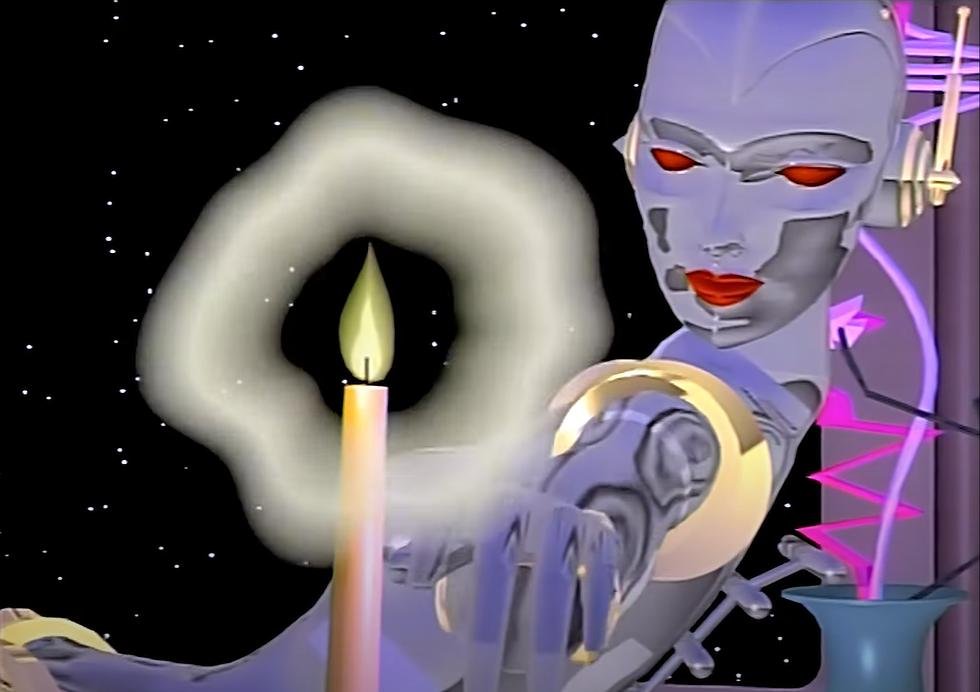The tattooed mouths of Ainu women
photo from awaken.com
Tattoos have existed almost as long as the human race, having become so popularised in recent years, it is easy to forget the long and often spiritual reason behind tattooing in many cultures.
The indigenous Ainu people have a particularly strong connection to tattooing, especially Ainu women, who upheld the tradition for centuries. The islands just outside the Sea of Okhotsk are the home of the Ainu people. As with most indigenous populations throughout history, the Ainu have had constant threats to their culture and way of life by outside forces. Mostly Japan and Russia. In 1899, the Japanese government took the Kuril Islands under their control and with it, the native Ainu population. The Ainu were categorised as “former aborigines” and their power and identity as rightful owners of the land were dismissed. During this time, much of Ainu culture was criminalised and many Ainu people hid their true identity to avoid discrimination. But this article is not about the viscous practise of colonisation, it’s about an interesting and beautiful part of Ainu culture: tattooing.
photo from LARSKRUTAK.COM
Tattoos were only for Ainu women and very different to the modern, Western tattoos. They were a part of the spirituality of the women and deeply connected to their view of the universe. Tattoos were an ancestral custom from one common female ancestor and passed down each generation, always through an older woman called Tattoo Aunts or Tattoo women. The process spanned many years and usually started when the girl child was 6 or 7, beginning with a small dot of her upper lip.
The tattooing was done with the help of extremely sharp pieces of obsidian, wrapped in fibre so only the tip protruded. Cuts would be made and as they got deeper, the blood would be wiped away with a cloth covered in hot ash or nire (a type of antiseptic from spindlewood). Soot from the bottom of a kettle was then placed into the incisions and the Tattoo Aunt would begin to sing a yukar, a portion of a poem. “Even without it, she’s so beautiful. The tattoo around her lips, how brilliant it is, It can only be wondered at.” More ash would be added and she would sing a magic spell: “pas ci-yay, roski, roski, pas ren-ren“, meaning “soot enclosed remain, soot sink in, sink in”.
photo from LARSKRUTAK.COM
As the girl got older, she would receive more markings, and the tattoo around her mouth would grow to curve to her cheeks. This tattoo signalled to others that the woman had matured and was ready for marriage, it also protected her from evil spirits and sickness, and bad luck. It also meant that the girl would have a life after death, with her deceased ancestors.
There were also tattoos placed on the arms, because they are easily visible. Specifically to ward away the “demon of disease.” Wives of deities and deities were tattooed in the same way and the Ainu women imitated these tattoos so that when demons come and saw the Ainu women, they would mistake them for goddesses and scramble away. When disease and sickness did appear, the women would come together and tattoo one another, to create “a scent of tattooing” and force the sickness away.
When Japan made Ainu practices like tattooing illegal in 1899, deeming it too cruel and vulgar, there was obvious uproar. Not only because the Japanese were eradicating culture and history but also because women who did not have tattoos could not get married and would go to hell where demons would tattoo their entire body all at once with large knives for eternity.
If you are interested in learning more about Ainu culture, check out these videos:












